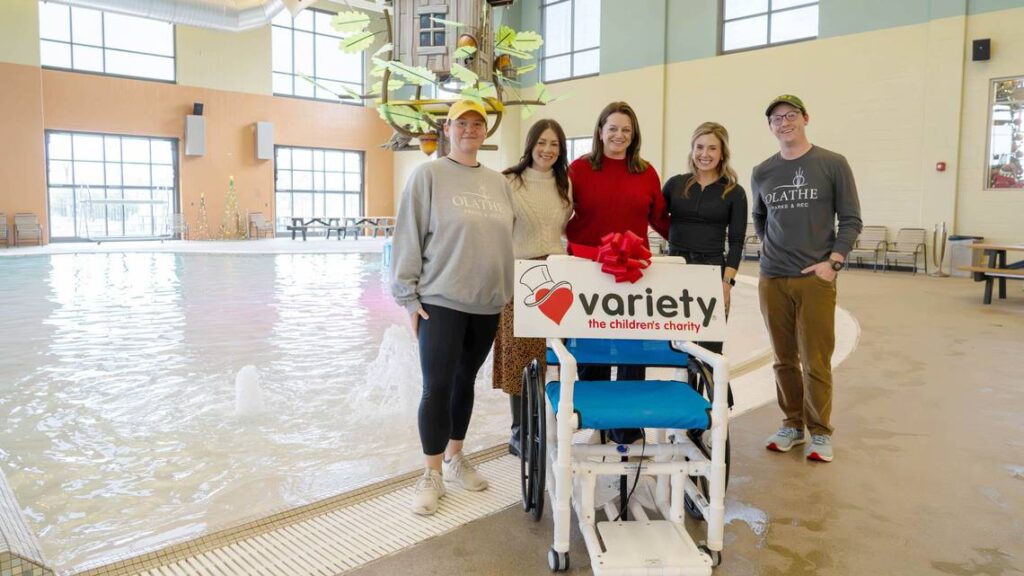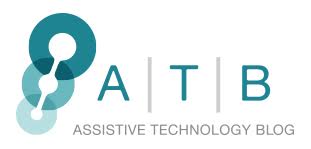Making a Splash: Olathe Increases Water Accessibility with New Fleet of Water Wheelchairs
The City of Olathe has taken a significant step towards greater inclusivity by introducing a fleet of unique water wheelchairs at its aquatic facilities, including local pools and Lake Olathe. This initiative, made possible through a collaboration with Variety KC, a non-profit dedicated to providing adaptive equipment and opportunities for children with disabilities, aims to remove barriers and allow more youth to experience the joy of water-based activities. The addition of these specialized wheelchairs means that individuals with mobility challenges can more easily access and navigate the pool decks and even enter the water, fostering a more welcoming environment for everyone.
While the acquisition of water wheelchairs is undoubtedly a positive development and a commendable effort towards enhancing accessibility, it is important to consider the broader scope of inclusive recreation. While physical access to the water is crucial, true inclusion encompasses more than just equipment. Are there trained staff available to assist users of the water wheelchairs? Are the surrounding facilities, such as changing rooms and restrooms, fully accessible? Examining these aspects is vital to ensure that the provision of water wheelchairs is part of a comprehensive strategy for inclusive recreation, rather than an isolated solution. A critical look reveals that while the equipment is a fantastic starting point, the ecosystem of support and infrastructure around it is equally, if not more, important for sustained and meaningful inclusion.

Furthermore, the long-term sustainability and impact of this program warrant consideration. How will the maintenance and upkeep of these specialized wheelchairs be managed? What plans are in place to promote the availability of this equipment to the community and ensure those who could benefit most are aware of this new resource? Addressing these questions will be key to maximizing the positive effect of this initiative and ensuring that Olathe’s aquatic facilities remain genuinely accessible and enjoyable for all residents for years to come. This move by Olathe and Variety KC is a valuable stride, and continued focus on comprehensive accessibility will amplify its impact.
Making aquatic (and other) activities accessible globally
For cities globally, particularly in the Global South, where budgets may be tighter and access to large non-profit organizations like Variety KC might be limited, achieving similar levels of accessible water recreation requires creative problem-solving and community mobilization. Instead of relying solely on purchasing expensive, specialized equipment, cities can explore lower-cost alternatives and leverage local resources. This could involve simple, yet effective, solutions like installing sturdy, non-slip ramps with handrails leading into shallow areas of pools or designated lake access points. Utilizing existing or locally sourced materials for these modifications can significantly reduce costs. Examples of focusing on fundamental access in public spaces in developing contexts can be seen in various initiatives aimed at creating inclusive urban environments.
Moreover, fostering partnerships with local disability advocacy groups, community centers, and educational institutions can provide valuable expertise, volunteer support for assisting individuals using accessible features, and help raise awareness. Campaigns focused on the importance of inclusive recreation and soliciting community donations or in-kind contributions can also supplement limited municipal budgets. Prioritizing basic accessibility features like accessible pathways, ramps, and accessible restrooms are crucial first steps that are often more achievable and can make a substantial difference in enabling access to public aquatic spaces for individuals with mobility impairments. While high-tech water wheelchairs are ideal, a phased approach focusing on fundamental accessibility, drawing on community resources and simpler infrastructure modifications, can still significantly enhance inclusive recreational opportunities in resource-constrained environments.


Leave a comment